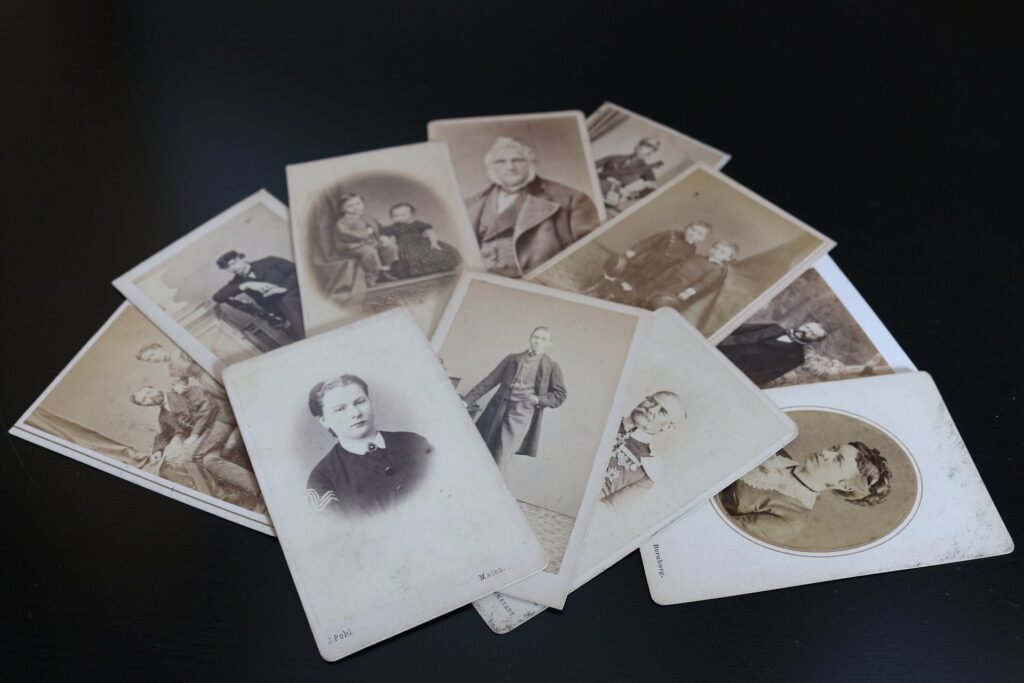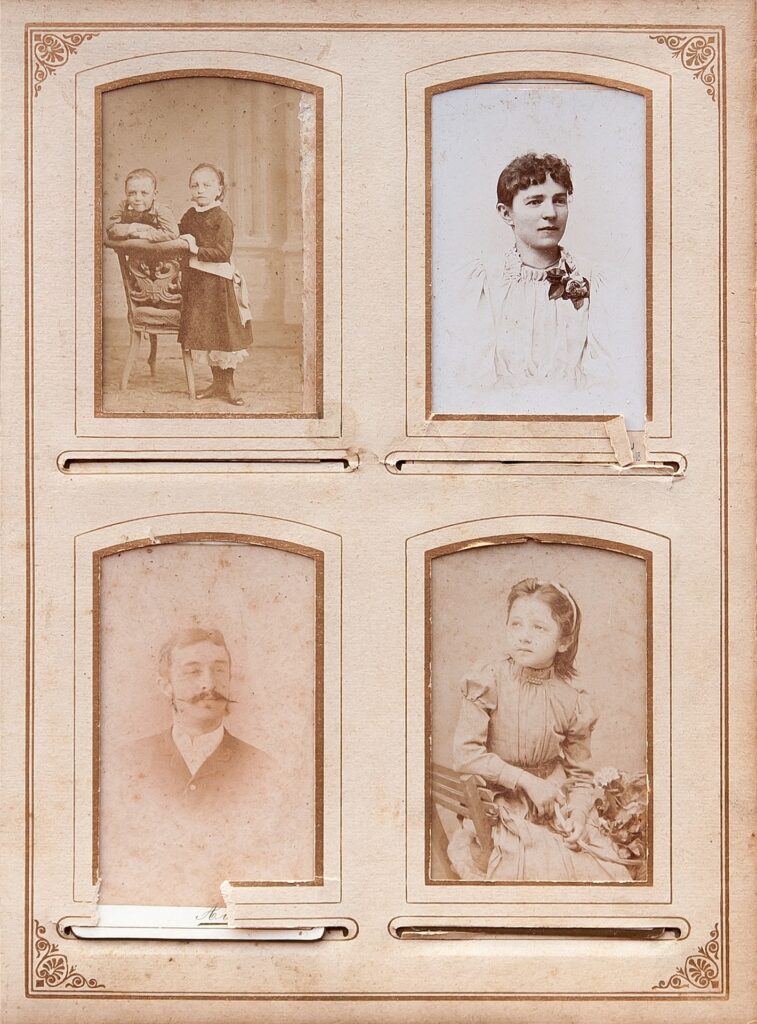Famine, wars, poverty, religious persecution, natural disasters – the people of the Palatinate region of what is now present-day Germany suffered all of these and more for a period of almost 200 years, forcing hundreds of thousands to find new homes throughout Europe and North America. Their refugee status plunged many of them into worse living conditions, but those who were able to make their way to Pennsylvania often fared much better. As word spread about hope of a better life in the “New World,” more and more desperate families crossed the ocean, which increased competition for land.


Known as the Pennsylvania Dutch, (an Americanized pronunciation of the word Deutsch, which is how Germans refer to themselves), the children of German immigrant families were faced with finding new land. Many moved south, with a great number of them settling North Carolina’s Yadkin River Valley. Once again, competition for land increased and descendants of those first Pennsylvania Dutch families who arrived from the Palitinate several generations earlier headed west into the mountains of North Carolina, particularly Haywood County.

One of these early Haywood County settlers was Christian Messer, a Revolutionary War Veteran of German descent, who found his way into a cove south of present-day Canton. Others followed him there – especially the Smathers, Fullbright, and Rhodarmer families. The cove had various names – Fullbright Cove, German Cove, and eventually Dutch Cove, where it remains home to descendants of those original Pennsylvania Dutch settlers.

Other areas of Haywood County were also attractive to German immigrants. Around 1795 Jacob Shook built a three-story home in what is now present-day Clyde. Many claim it as the oldest standing frame-built house in Western North Carolina. The structure, expanded by Levi Smathers, whose parents were early settlers of Dutch Cove, now houses The Museum of Haywood County History. Johannes Plott came to America in 1750, and brought with him his pack of scent hounds, a breed his family had been developing in Germany for hunting wild boars. By 1801 his son Henry lived in Haywood County and further developed the breed in an area now known as Plott Creek in the shadow of the Plott Balsam Mountains.
The foodways, manners of speech, traditional music, arts and crafts, and other affairs of daily living in Haywood County continue to bear the marks of an earlier time when German and Scots-Irish settled in the coves and along the creeks of these mountains.

